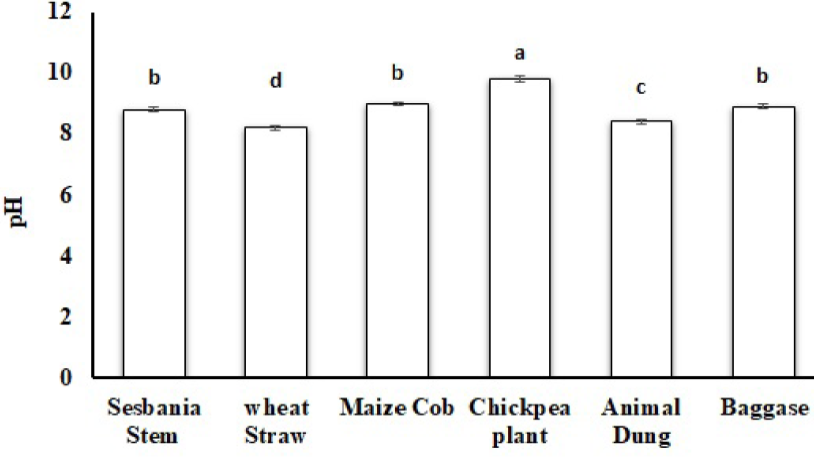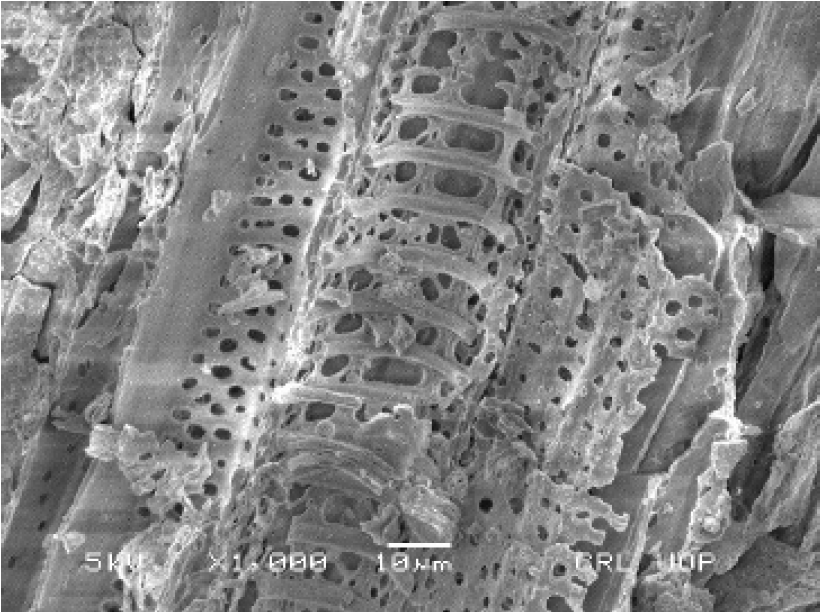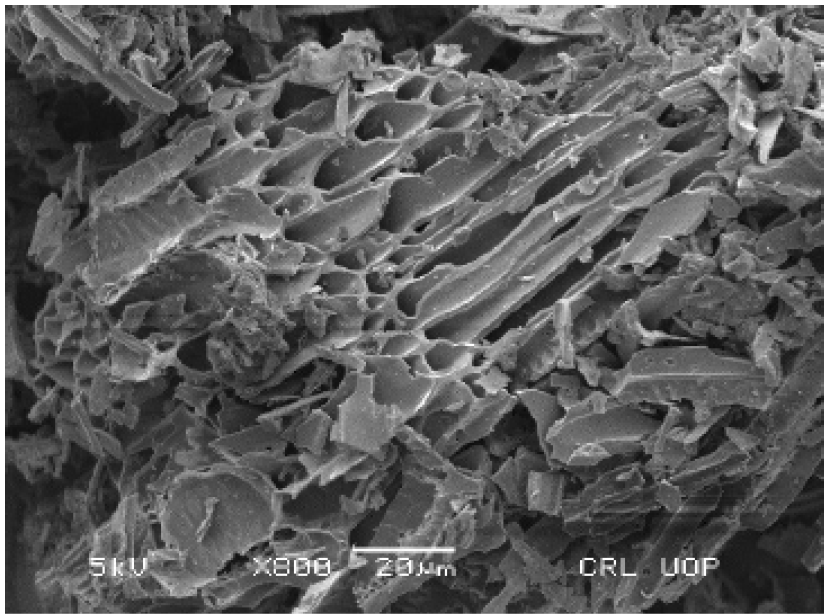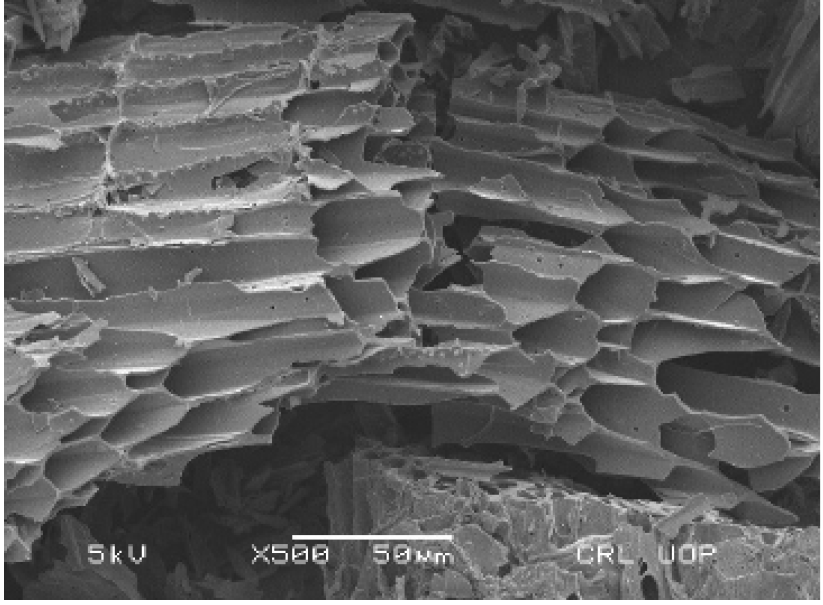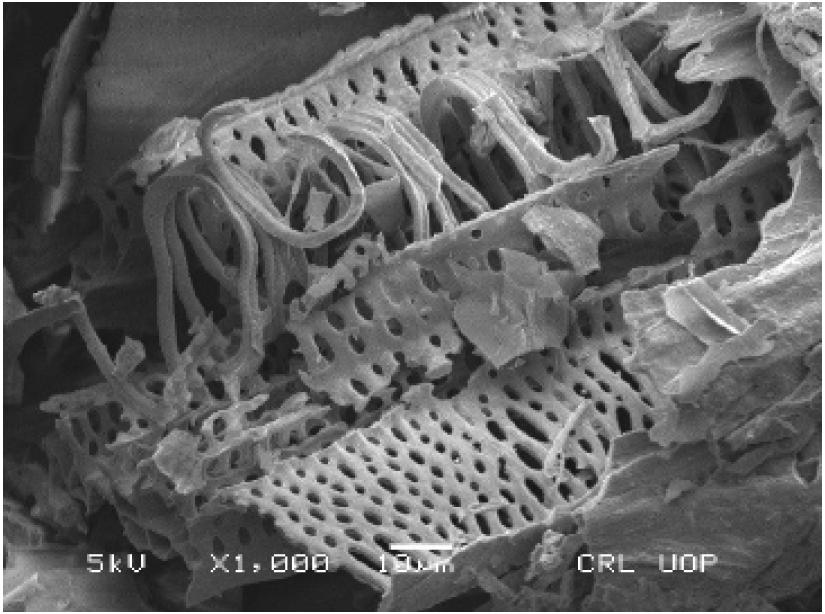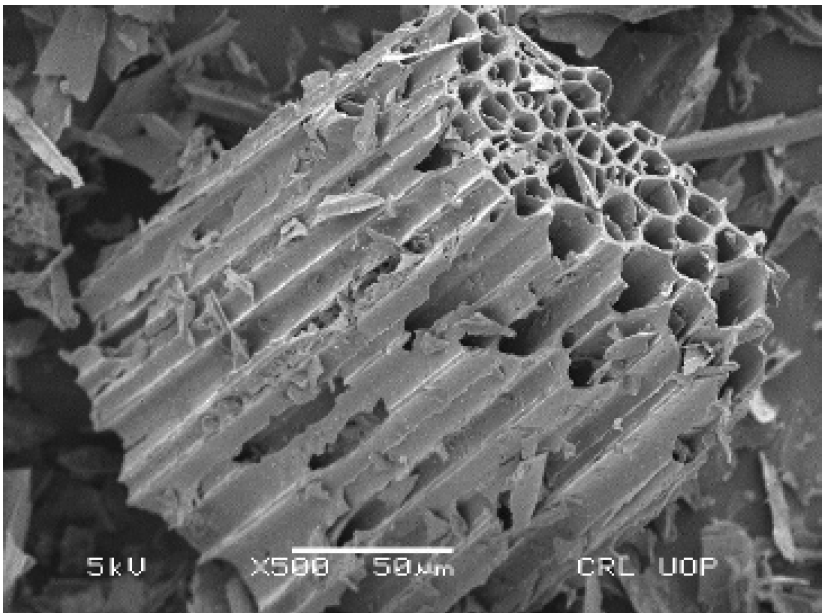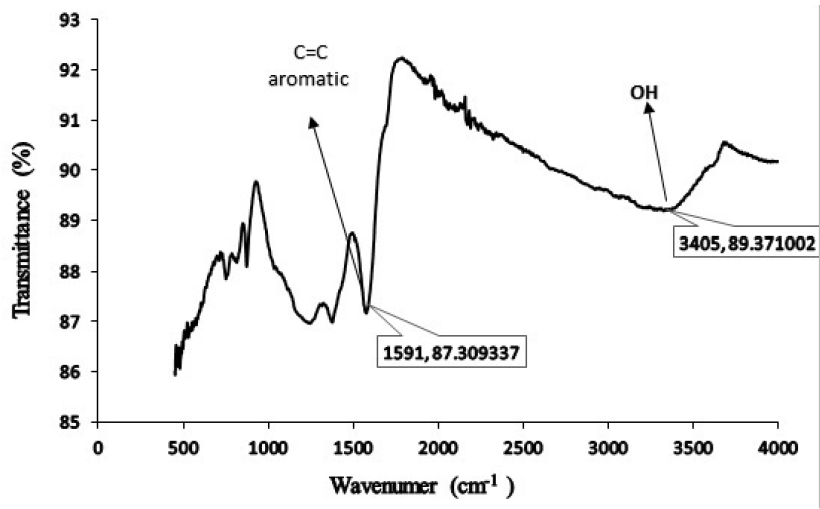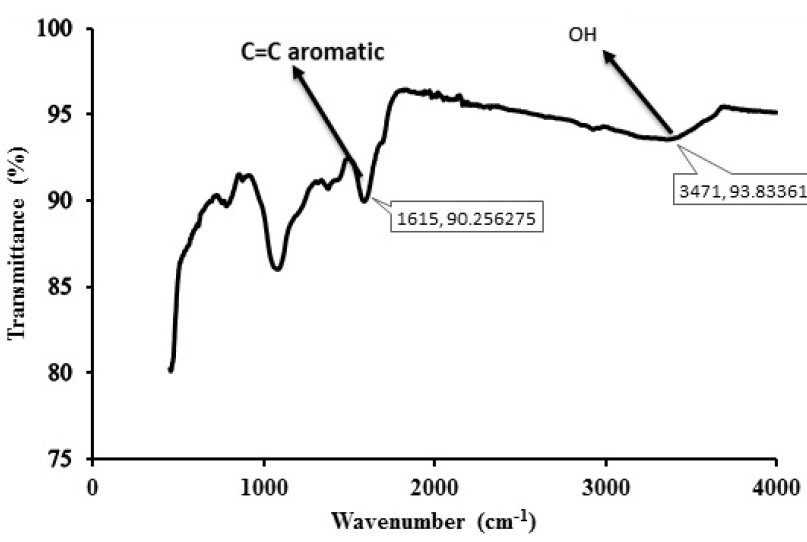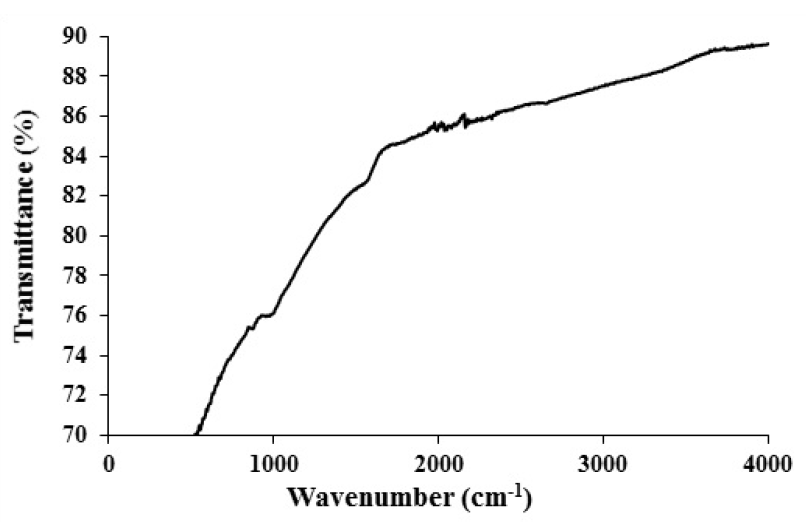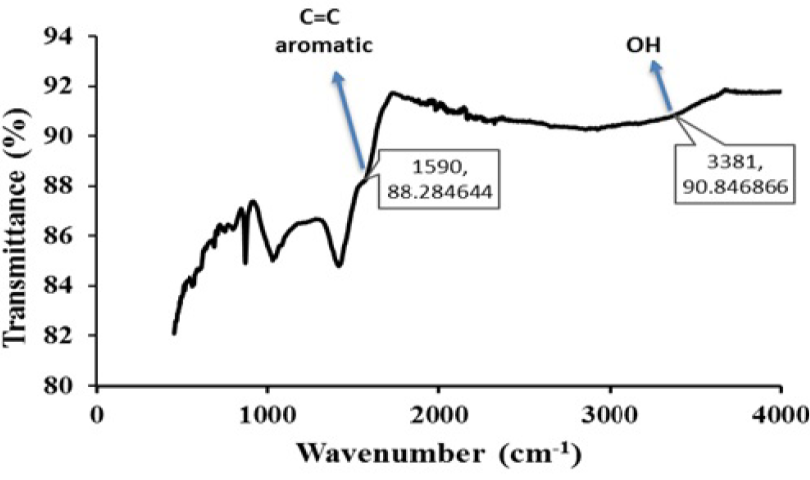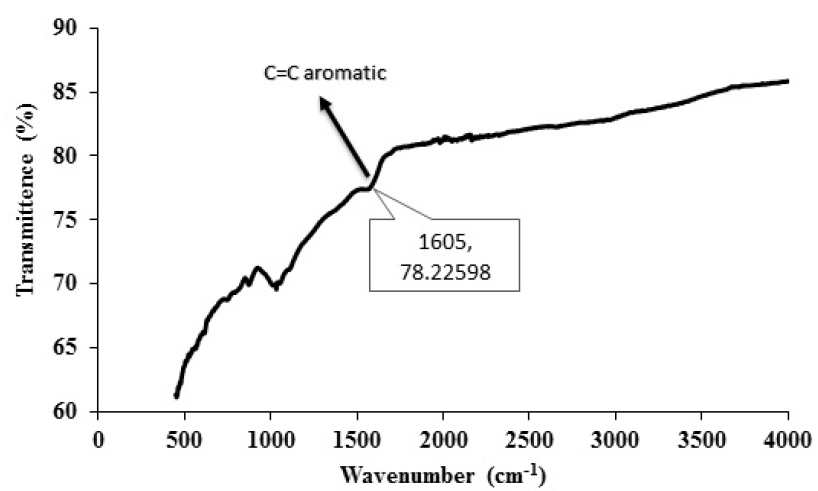Quality Evaluation of Biochar Prepared from Different Agricultural Residues
Quality Evaluation of Biochar Prepared from Different Agricultural Residues
Babar Tasim1, Tariq Masood1*, Zafar Ali Shah1, Muhammad Arif2, Ata Ullah1, Ghazal Miraj3 and Muhammad Samiullah4
pH of biochar samples obtained from different Agriculture residues.
EC of biochar samples obtained from different Agricultural Residues.
SEM micrograph of biochar derived from animal dung.
SEM micrograph of biochar derived from chickpea plant
SEM micrograph of biochar derived from maize cob.
SEM micrograph of biochar derived from Sesbania Stem.
SEM micrograph of biochar derived from wheat straw.
SEM micrograph of biochar derived from sugarcane bagasse.
FTIR Spectra of biochar produced from Sesbania Stem.
FTIR Spectra of biochar produced from wheat staw.
FTIR spectra of biochar produced from maize cob.
FTIR Spectra of biochar produced from chickpea plant.
FTIR Spectra of biochar produced from anmial dung.
FTIR Spectra of biochar produced from sugarcane bagasse.





